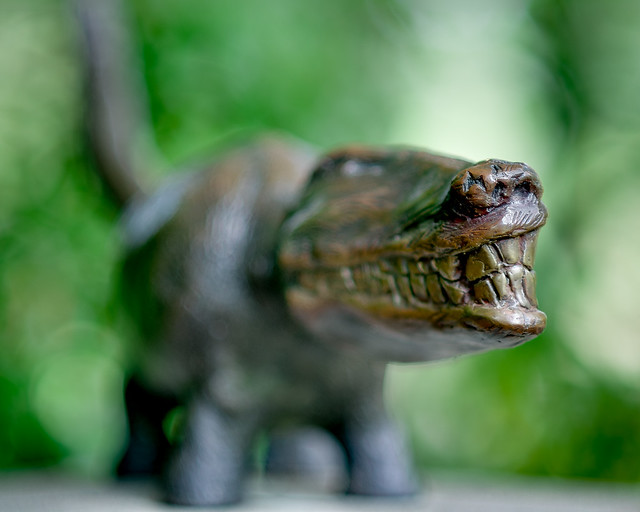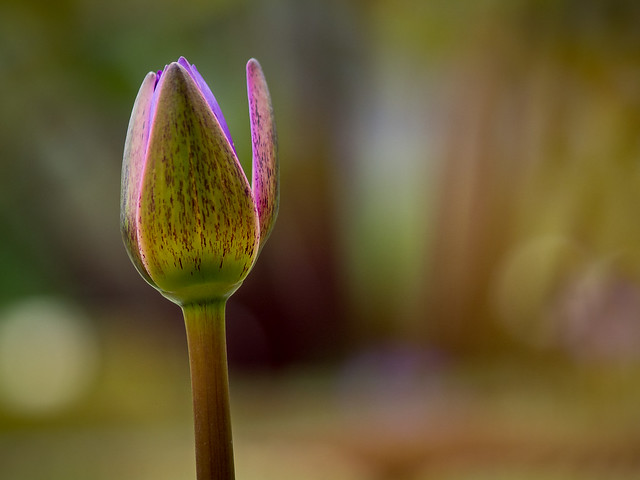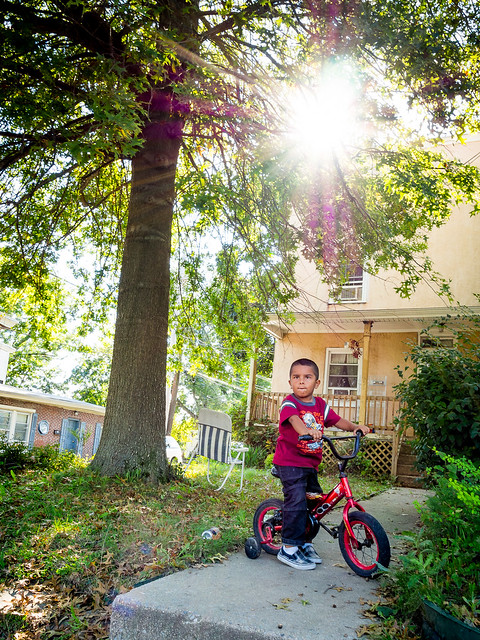"The camera's only job is to get out of the way of making photographs." - Ken Rockwell
What? Another post about small cameras?
Yes, I'm afraid so, lol. Now listen: if Ken Rockwell ever sees my quote above I'm sure he'll have a cow. He considers micro four thirds a "junk" format -- but I don't think he's tried out the Olympus OM-D E-M5 and he may never. But I think small can be a valid choice in photography with modern technology.
This is a "user experience" type of review -- I'm not an optical scientist. What I care about is how usable the camera is and whether I can get my images or not. I will dwell a bit though on the cult of sensor size.
Some of you may be impatient with my verbal excesses and if so I encourage you to just look at the pictures and captions to see what I've done with this camera and why I think technically it is an excellent system. Generally, I never print larger than about 16x20 inches with occasional excursions to larger sizes and this camera does that and more.
There are really two things I want to do here: present the case for a smaller camera and show why the OM-D E-M5 is really the first credible mirrorless with a small sensor.
But, isn't a bigger sensor all the rage?
Yes, actually it is. But think about this as a continuum: if full frame 35mm is good, isn't medium format better? Wouldn't you be better off with an 8x10 sensor? Maybe one the size of a truck?
Each size comes with a set of "boundary conditions" and really ALL photography is a compromise of some sort. Those who say their approach to photography is "No Compromise" are either willfully prevaricating or wishfully thinking.
Let's look at the pros and cons of the various formats, in case you haven't been listening to the various arguments.
Larger Sensor Pros
- Larger photo-receptor sites allow better low light performance and require less processing to achieve high image qualities
- Wider dynamic range overall
- Easier to obtain very low depth of field in an image without very large apertures
- Diffraction blurring of photos does not occur until much smaller relative apertures.
Larger Sensor Cons
- Higher costs due to lower yields in manufacturing (a single bad sensor wastes more die space)
- Larger and heavier weight cameras and lenses required for equivalent performance

Example of Larger Sensor DOF: Trust Me
Nikon D7000 with Nikon 85mm f/1.8D AF lens (127.5mm focal length equivalent)
You can see an example above of the very small depth of field you can get on this sculpture at "Grounds for Sculpture" in Hamilton, NJ. Dramatic effect which would be harder to reproduce with a small sensor.
Smaller Sensor Pros
- Lower cost
- Smaller and lower weight cameras and lenses
Smaller Sensor Cons
- Smaller photo-receptor sites more prone to noise and require more processing at low light levels diminishing image quality
- Lower dynamic range overall
- Requires larger apertures to achieve a very low depth of field
- Smallest relative aperture is limited by diffraction effects

Lotus Borealis
Olympus OM-D E-M5 and M.Zuiko 75mm f/1.8 lens (150mm focal length equivalent)
The image above pretty clearly demonstrates that you CAN get nice background blur with the correct application of lens and subject position, even on a small sensor. In other words: there are ways to apply your photographic skill to achieve the same type of results.
Each sensor size can assist or impede your photography in some way. I can now easily and unobtrusively carry a small kit capable of very high quality photography even to lower light levels. It's with me all the time. Some do manage that with a full size DSLR and kit of lenses but in my experience most don't sustain it and end up in a situation where they so wish they had their camera with them.
Really, the dynamic range issue is the biggest headache if you shoot by available light since you can't control your light range. But the OM-D- E-M5 is now comparable to some of the best APS-C cameras so it is far less of a problem. In fact, with only a 12-bit RAW file and less than 13 stops of dynamic range, I'm actually amazed at what I can tease out of a photo from the E-M5.
Four Thirds and Micro Four Thirds cameras have long been hit on this issue, but have a look at this link shared by Robin Wong about his friend Sanjit who won second place in a nature photo contest using an older 4/3 camera, the Olympus E-3. Definitely a challenging light situation, but Sanjit nailed it even with the limitations of his gear.
A pocket camera is only good for so much... at least at current technology levels. If you want to carry a camera everywhere you have choices to make. Furthermore, if you don't want to have to support several different "systems" with duplicated lenses and so forth, you are further constrained.
But since all photographic systems pose some constraints, can you find a way to make the images you want with a different system? That may in fact be a measure of your skill as a photographer.

Pondering Summers End